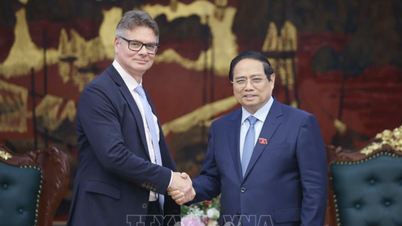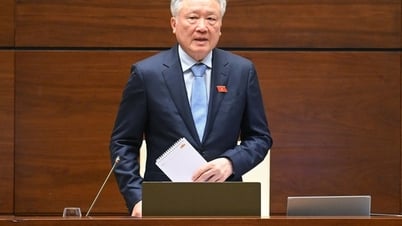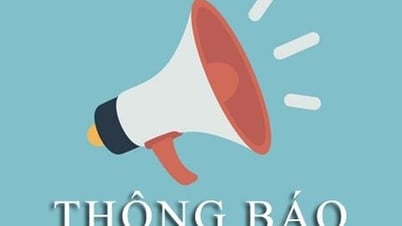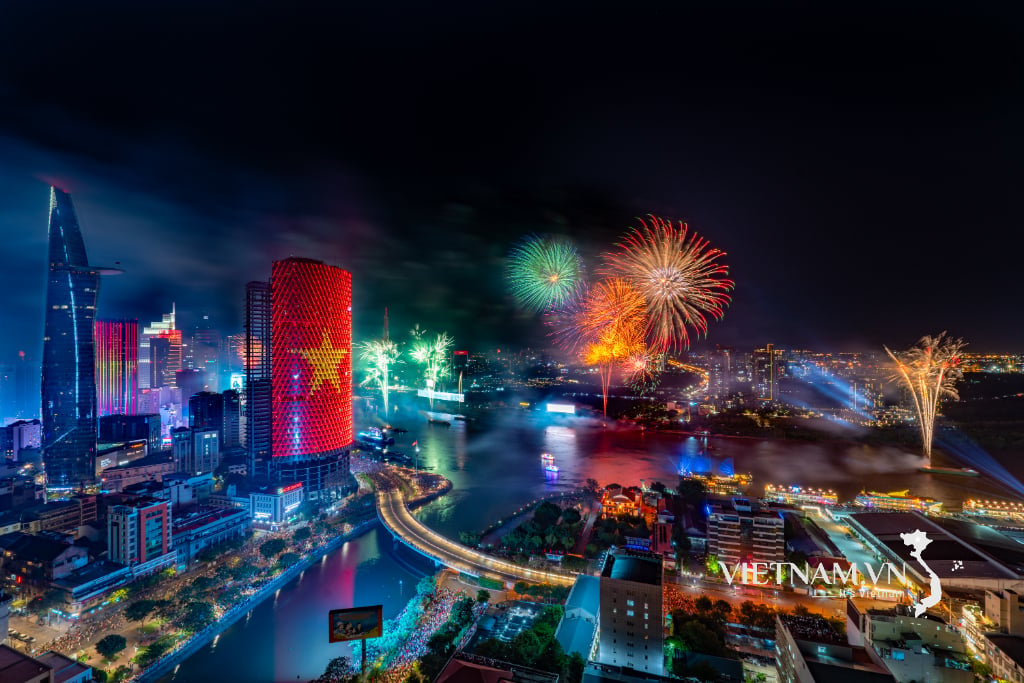
The Hallyu cultural wave once "took the world by storm" Photo: HABKOREA.NET
According to Professor Tu Thi Loan (Vietnam National Institute of Culture and Arts), the terms nation brand and nation branding were initiated by Simon Anholt in the 1990s, referring to the application of marketing strategies with foreign partners to build an international image and reputation to serve national interests. In a broad sense, national branding is the application of corporate branding strategies by a country in its relations with other countries to build a positive, attractive image, create trust and good feelings, and help increase the presence and influence of the country in the international arena. To do that, each country must build for itself a set of distinctive, distinctive, impressive and convincing images. In short, a national brand is the image of a country's competitive identities.
When talking about America, people immediately think of Coca Cola, Microsoft, IBM, Apple, Google, Hollywood, Walt Disney…; when talking about Switzerland, people think of high-class watch brands. Similarly, Germany with its automobile manufacturing industry, France with its cosmetics and fashion industries … Needless to say, everyone knows that quality determines product brand and corporate brand. Of course, along with that is product communication and PR work. But from product brand, corporate brand to national brand is a long, classy road with outstanding strengths.
Building a brand can be done in many different ways, but perhaps through culture and from culture is one of the most successful and sustainable ways.
The UK is an example. Since the 1980s, the country has developed a strategy and succeeded in building its national brand. The strategy to promote the brand "Cool Britanica" was built to strengthen the pride of the British people and the sympathy of foreigners for the UK through achievements in music, media and art. Not only that, the foggy country has also developed into a "creative industry" and is considered a new economic sector in the world, a connection between economy and culture. And to implement this plan, the Ministry of Culture, Media and Sports of this country has allocated more than 95% of the budget to agencies such as: Arts Council England, Heritage Department, Museums, Libraries and Archives Council... At the same time, to connect the economy and culture, ensuring the best development for culture and art, the British Government established the Arts Council as an organization independent of the Government in decisions related to the development of culture and art, considered as the "extended arm" of the Government in selecting and identifying priority topics and areas in cultural policy; making a long-term plan for cultural and artistic development. In addition, the British Government has also established the National Support Fund for Science, Technology and the Arts with the mission of "making the UK more creative", by paying attention to financial support and management skills for newly established creative businesses, helping them take the first steps in the process of formation and development...
And now, the UK’s creative industries contribute nearly £13 million to the economy every hour, exporting £46 billion worth of goods and services worldwide, accounting for nearly 12% of the UK’s exports. The number of jobs has increased year on year, from 1.56 million in 2011 to 2.22 million in 2020. Former Prime Minister Gordon Brown once commented that the creative industries are the heart of British culture, the British brand, a prominent feature of the national cultural identity.
South Korea is another great example in Asia. According to Dr. Dang Thieu Ngan, Director of External Relations of Naver Vietnam, Vice President of the Korean Association for Scientific Research (KRAV), the path of cultural export or in a shorter phrase - Korea's soft power was determined to be a long road from the beginning, when South Korea experienced economic recession and wanted to build a powerful, developed country.
Since 1998, South Korea has announced a plan to develop Hallyu (Korean Wave) to increase the value of the Korean cultural industry, expanding the budget from 14 million USD in 1988 to 84 million USD in 2001. The government also subsidizes cultural startups, invests in industry development initiatives, and enacts laws to protect their domestic cultural market (Basic Law on Cultural Industry, Online Digital Content Industry Development Act, Film Promotion Law, etc.). It can be said that the Korean government sees Hallyu as a source of revenue through increased exports and tourism, when besides culture, they can expand to other export items such as online games, beauty products, and fashion.
In its cultural export strategy, Korea has selected and divided key industries to develop in different stages. In the early period, Hallyu 1.0, Korea focused on developing films (cinema, television), attacking the Asian region - their geographical area according to the concept of "first distance, second speed". In the Hallyu 2.0 period, they invested in K-Pop with a development scope in Asia, spreading to other continents such as Europe, America (South America and America) with additional channels from the internet such as YouTube, SNS (Twitter, Facebook, Instagram..). With the Hallyu 3.0 period, from 2010 until now, this country has identified “Korean Culture” (K-Culture) as a cluster for them to bring to “conquer” countries around the world, appearing on local television systems, on the internet and including OTT content platforms such as Netflix, Disney+… And clearly, today it is difficult for anyone to be indifferent to the brand and culture from the land of Kimchi. It is penetrating, even changing the way of thinking and living of millions of people around the world, especially the young.
PEACEFUL
Source


![[Photo] Panorama of the Opening Ceremony of the National Press Festival 2025](https://vphoto.vietnam.vn/thumb/1200x675/vietnam/resource/IMAGE/2025/6/20/6b835ee92c2c4df587af73cb2d1f4f5f)






















![[Photo] General Secretary To Lam chairs the 14th Central Military Commission Conference](https://vphoto.vietnam.vn/thumb/1200x675/vietnam/resource/IMAGE/2025/6/20/a9d25fc6dd664fb9a3757502f32e5db0)


























![[Maritime News] Wan Hai Lines invests $150 million to buy 48,000 containers](https://vphoto.vietnam.vn/thumb/402x226/vietnam/resource/IMAGE/2025/6/20/c945a62aff624b4bb5c25e67e9bcc1cb)















































Comment (0)